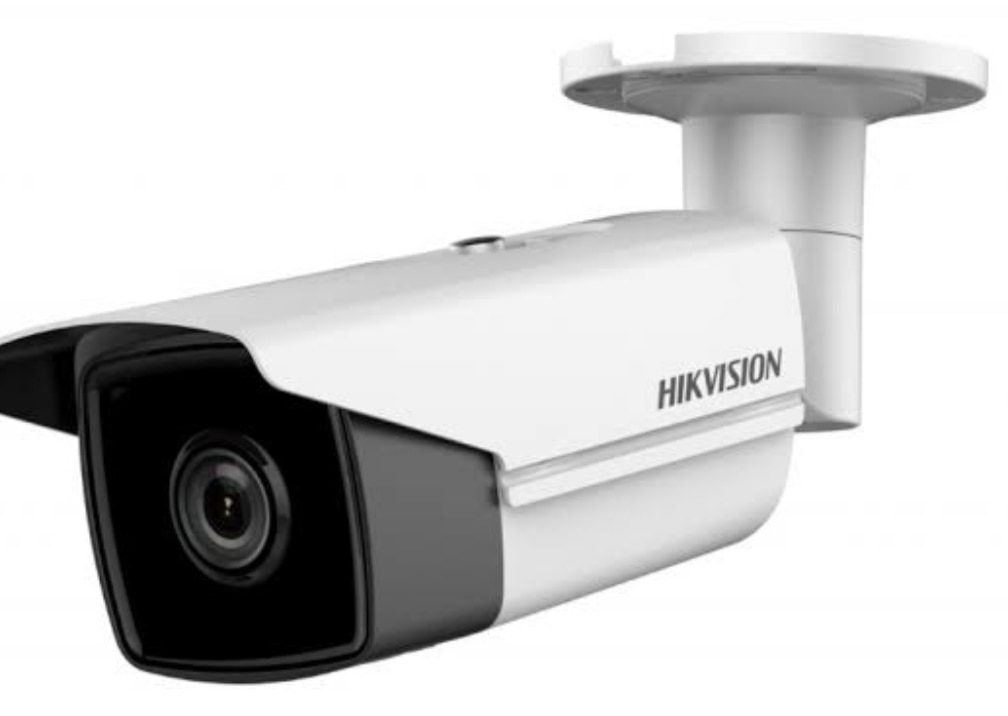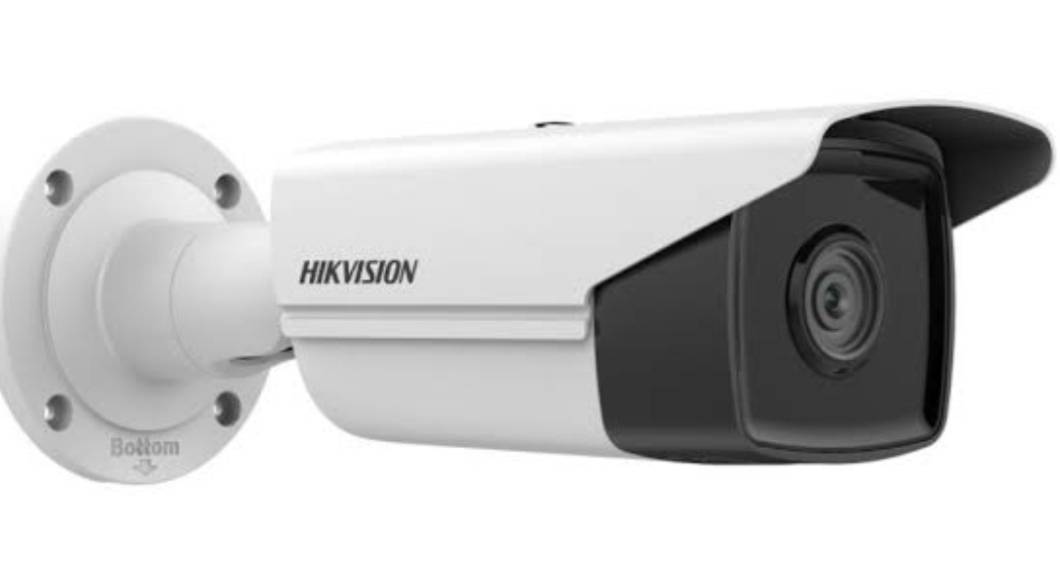Description
Global Technology – One Stop Solution for Home Services Expert IP Camera Installation & Security Solutions in Hyderabad Global Technology is Hyderabad’s trusted one-stop solution for all types of home and office services — specializing in IP camera installation, CCTV setup, network wiring, and smart home security integration. With a strong commitment to quality, safety, and customer satisfaction, we provide complete electronic, electrical, and technical support under one roof. We believe every home and business deserves reliable protection, and that begins with a professional IP camera installation designed for real-time surveillance, clear image quality, and long-term performance. Whether you need security for your house, office, shop, apartment, school, warehouse, or commercial property, Global Technology delivers solutions that keep you connected and secure 24×7. 📸 What is IP Camera Installation? An IP camera (Internet Protocol camera) is a digital video camera that transmits live images and recordings through your local network or the Internet. Unlike traditional analog CCTV systems, IP cameras offer higher resolution, remote viewing from smartphones, motion detection alerts, and cloud backup options. At Global Technology, we specialize in complete IP camera setup, including: Network camera configuration NVR (Network Video Recorder) setup Cloud or local storage connection Router and port configuration Mobile app and remote monitoring setup Maintenance and troubleshooting support We ensure that your system not only works flawlessly but is optimized for speed, clarity, and 24×7 reliability. 🔧 Our Professional IP Camera Installation Process At Global Technology, we follow a structured, step-by-step process for every IP camera installation: Site Survey & Requirement Analysis – Our technicians visit your location to inspect the property, identify coverage areas, and plan camera placement for full visibility. Camera Selection & Placement Plan – Based on lighting conditions and viewing angles, we suggest the best IP camera types — dome, bullet, PTZ, Wi-Fi, or PoE models. Network Design – We plan a secure and strong network connection with proper bandwidth management and router configuration. Installation & Mounting – Cameras are mounted with precision using industrial-grade fixtures, ensuring stability and aesthetic alignment. Wiring & Power Supply Setup – All cabling is concealed and protected using conduits and cable trays for safety and appearance. Configuration & Testing – We configure IP addresses, connect cameras to NVR or cloud storage, and test image clarity and frame rates. Remote Monitoring Setup – We install the mobile app on your phone and provide login credentials so you can view live footage anytime. Final Handover & Training – We demonstrate how to use, view, and back up recordings easily. One-Month Service Warranty – Every installation includes a free 1-month service warranty, covering setup adjustments and minor service calls. 📞 Need support? Email: helpglobaltechnology2814@gmail.com Call/WhatsApp: 7780517507 🛠️ Why Choose Global Technology for IP Camera Installation? ✅ One-Stop Service Provider: We handle CCTV, IP cameras, electrical wiring, inverter connections, and more. ✅ Trained Technicians: Skilled professionals with hands-on experience in Hikvision, CP Plus, Dahua, and other brands. ✅ Customized Solutions: Tailored installation based on area coverage, budget, and network capacity. ✅ Neat & Safe Workmanship: Concealed wiring, clean camera placement, and clutter-free setup. ✅ Fast Installation: Quick turnaround time without compromising quality. ✅ After-Service Warranty: One-month warranty on installation for your peace of mind. ✅ 24×7 Support: You can contact us anytime via email or WhatsApp for quick help. ✅ Affordable Pricing: Best-value IP camera installation in Hyderabad starting from pocket-friendly packages. 🏙️ Areas We Serve in Hyderabad Global Technology provides reliable IP camera installation services across all major areas of Hyderabad, including: Madhapur, Gachibowli, Kukatpally, Miyapur, Kondapur, Banjara Hills, Jubilee Hills, Manikonda, Hitech City, Chandanagar, Nizampet, Ameerpet, Begumpet, Bowenpally, Kompally, Alwal, Uppal, Dilsukhnagar, LB Nagar, Mehdipatnam, Attapur, Kothapet, Vanasthalipuram, Moosapet, Bachupally, Tellapur, and surrounding localities. We ensure quick response and on-time service in all these areas, with dedicated teams available nearby. 🔍 IP Camera Features We Offer Our installations include the latest models and configurations with advanced features such as: 1080p, 2MP, 5MP, and 8MP camera resolutions Infrared night vision for low-light environments Motion detection and instant mobile alerts Two-way audio support Wide-angle lenses for full coverage Waterproof and weatherproof outdoor models Wireless and PoE (Power Over Ethernet) systems Cloud storage or local NVR recording options Multi-camera viewing on one screen Smartphone app and desktop access We supply and install popular brands such as Hikvision, CP Plus, Dahua, Reolink, Godrej, Imou, EZVIZ, and TP-Link. 🧰 Additional Services Global Technology is not limited to IP cameras — we are a complete home and office service provider in Hyderabad. Our team handles: Electrical services: Wiring, switchboard, load balancing, earthing, inverter/UPS installation. Plumbing services: Leak repair, bathroom fittings, water tank setup, pipeline work. AC & Geyser installation: Split and window AC mounting, gas refilling, geyser repair/uninstallation. Painting & Waterproofing: Interior/exterior painting, leakage control, wall protection coatings. Fabrication work: Steel and SS gate, railing, and shed fabrication. Civil and tile work: Home renovation, flooring, marble polishing, and construction finishing. CCTV & Networking: DVR/SMPS installation, LAN wiring, Wi-Fi extender setup. EV Charger Installation: Residential and commercial charger setup with load calculation. With Global Technology, you get all technical and home improvement services under one roof — saving your time, money, and effort. ⚙️ Technical Standards & Safety Every Global Technology installation follows Indian Electrical & Safety Standards (IS 732, IS 694) for wiring and circuit design. We use: ISI-marked copper cables Proper earthing and surge protection Fire-retardant wires High-grade conduits and junction boxes Safe load distribution across circuits Quality assurance check before handover We ensure that your IP camera system remains stable, safe, and functional even during power fluctuations or network interruptions.💡 Benefits of Choosing IP Cameras Real-time remote monitoring via mobile app Better image quality than analog CCTV Motion alerts for instant security Easier maintenance and updates Cloud storage available Expandable system for future needs Suitable for both indoor and outdoor use Cost-effective and long-lasting Simple to integrate with smart devices Perfect for homes, offices, schools, and apartments 🧾 Our Warranty & Support All installations by Global Technology come with a 1-Month Service Warranty. This warranty covers: On-site service support Camera angle adjustment Minor configuration or connection issues Technical troubleshooting assistance After one month, extended AMC (Annual Maintenance Contract) options are available at minimal cost, ensuring your system runs perfectly year-round. 📩 Email: helpglobaltechnology2814@gmail.com 📞 Call / WhatsApp: 7780517507 🏁 Why Customers Trust Global Technology 100% transparent pricing Skilled and background-verified technicians Fast same-day service in most areas Genuine product supply and installation Free site inspection for bulk projects Clear communication and billing Respectful and trained staff Warranty on every service 24×7 customer support We value trust, professionalism, and long-term relationships with every client. 🌟 Global Technology – Our Mission Our mission is to provide professional, affordable, and reliable home and office services with complete technical expertise. We are building Hyderabad’s most dependable network of electricians, plumbers, fabricators, and surveillance specialists. We aim to make your life simpler by giving you one trusted team for all your home and business maintenance needs. With Global Technology, you don’t have to search multiple vendors — just one call handles everything! 📞 Contact Us Global Technology – One Stop Solution for Home Services Email: helpglobaltechnology2814@gmail.com Phone / WhatsApp: 7780517507 Service Warranty: 1 Month Location: Hyderabad, Telangana ✅ IP Camera Installation ✅ CCTV & DVR Setup ✅ Electrical & Wiring Works ✅ Fabrication, Painting, Civil, and More Call us today for a free estimate or on-site consultation — we’re ready to make your home and business smarter, safer, and fully connected.



 30min
30min